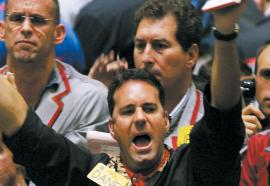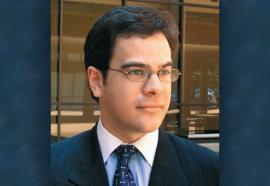Energy Hedge Funds: Market Makers or Market Breakers?
The total hedge-fund universe currently approaches $1.1 trillion, about 5 percent of which is dedicated exclusively to energy. These numbers for energy hedge funds are likely to grow at unprecedented rates. How can your company benefit?
“Mysterium tremendum et fascinans”: The Latin phrase, coined by German theologian Rudolf Otto, which characterizes humans as being overwhelmed and fascinated by experiences that are totally different from ordinary life.1








